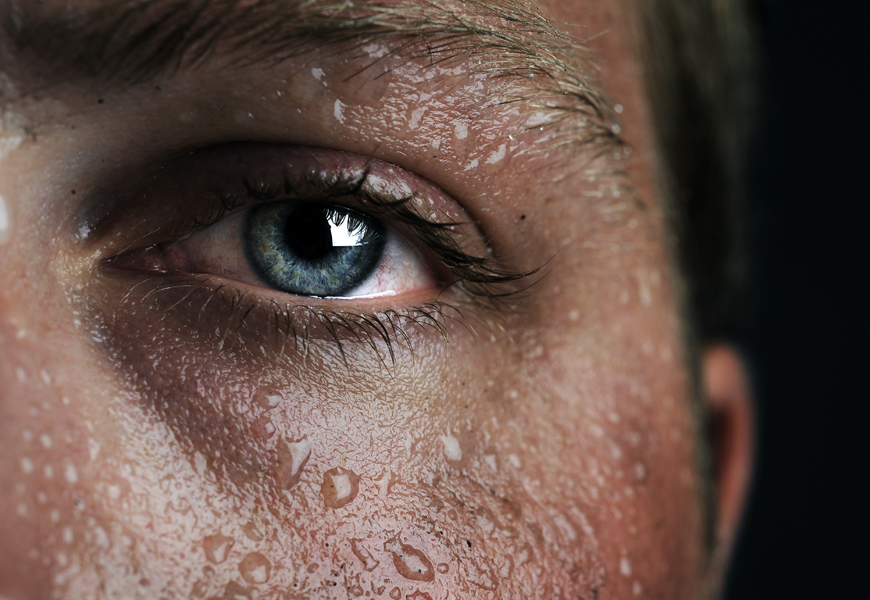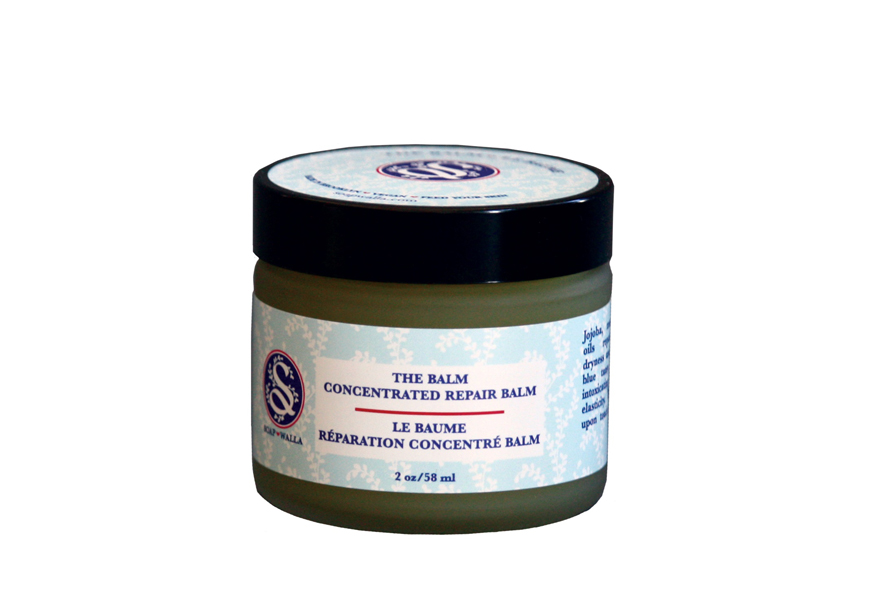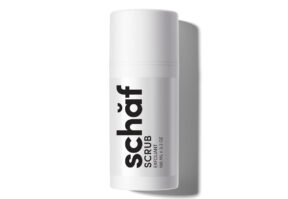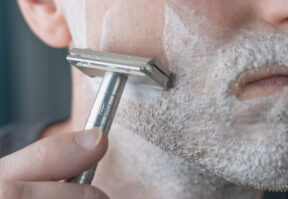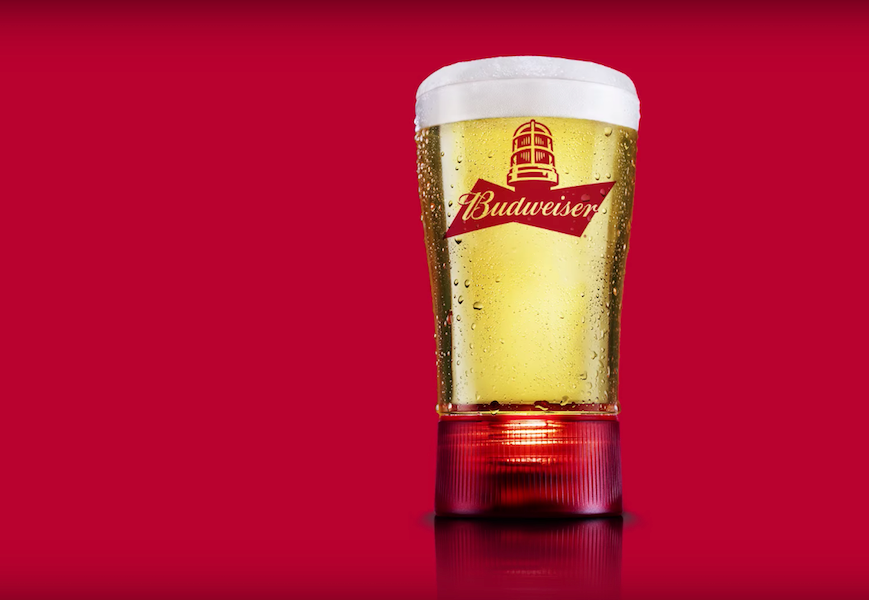Hot, dripping, shiny, salty sweat. It’s not attractive. It leaves your hair wet and stuck to your scalp and your face shiny with tiny beads rolling down your skin. But guess what? It’s a skin saver, opening your pores, releasing toxins and giving your face a healthy and glowing complexion. And according to Julia Bayne, the co-owner of CrossFit 6S in Toronto, the best way to get your sweat on is working out.
Is cardio key to working up a sweat?
Surprisingly, the answer is no. Although cardiovascular activities such as running, swimming and biking can get you sweating, there are other and more static activities, like power yoga and high-repetition weightlifting, which can also induce sweating. “The key to sweating is to get the body moving,” says Bayne, who recommends working out three times a week. “Our bodies want to move! Exercise strengthens the antioxidant response system, which helps to combat the look of aging and stimulate endorphins. So, it is no surprise that people who exercise regularly, tend to be healthier and happier.”
Why is working out one of the best ways to get your sweat on?
“People tend to sweat the most when their body temperature is elevated,” says Bayne. And the higher the intensity workout, like interval training or CrossFit, the more your heart rate will increase, raising your body temperature and the amount you’ll perspire. “Not everybody sweats the same amount,” warns Bayne. “So the difficulty of your workout or your effort should not be measured by how much you sweat. There are a number of factors aside from exercise, like stress, hydration, hormones and your personal fitness level that will have an impact on how much and how often you sweat, so keep this in mind the next time you work out. Focus on how you feel during a workout and use this to gauge your energy output, instead.”
Why do we sweat?
An elevated heart rate and blood pressure, environmental temperature and, of course, exercise, can all induce sweating. Sweating regulates your body temperature, which is typically at about 37 oC. When you work out, your body heats up, kicking in its natural thermoregulatory system to help cool you down. “This is all processed by the brain, which triggers the release of sweat from sweat glands,” explains Bayne. “Heat is transferred from the body to the sweat, which is then released through evaporation from the surface of the skin. Overall, this process works to remove heat from the body and decrease its core temperature.”
What are the benefits of sweating for your skin?
That nice rosy, healthy flush you have after a stint in the gym, well, you can thank the increase of blood and oxygen flowing to your skin. “In addition to releasing sweat from our sweat glands, our body delivers more blood to the surface of the skin, facilitating the transfer of heat which will ultimately be lost through perspiration,” explains Bayne. And while this enables your blood vessels to dilate and carry more heat and blood flow to the skin, it also opens your pores, releasing dirt and toxins while transporting oxygen, which helps nourish skin cells and prevent clogged pores—all to leave your skin looking smoother, clearer and healthier. Plus, you’ll probably look happier, too. “Working out decreases stress levels, which can reduce the severity of skin conditions such as acne and eczema,” adds Bayne. “Exercise for most people is an outlet whereby they can release stress, forget about their days and socialize with their friends, so its no surprise that people leave [the gym] much happier and less stressed than when they arrived.”

